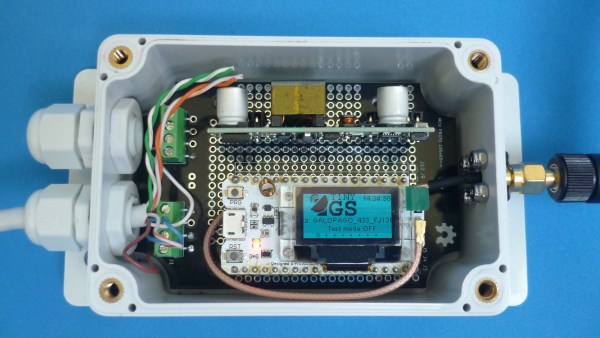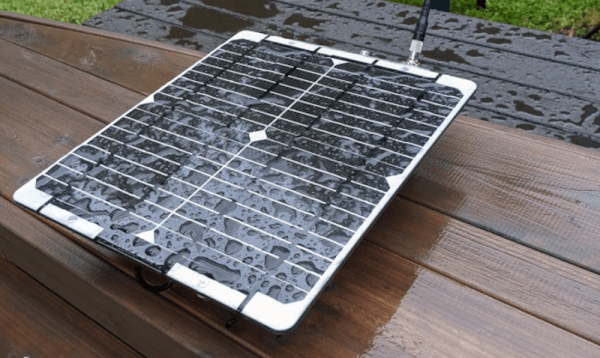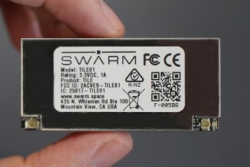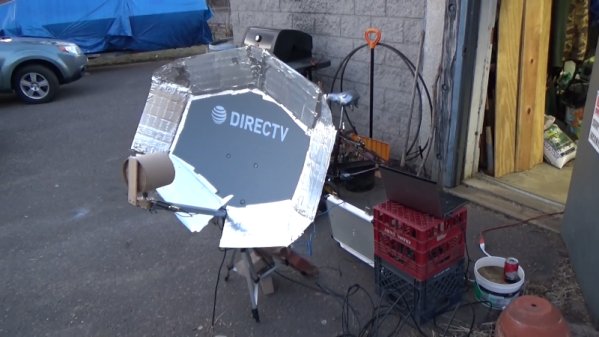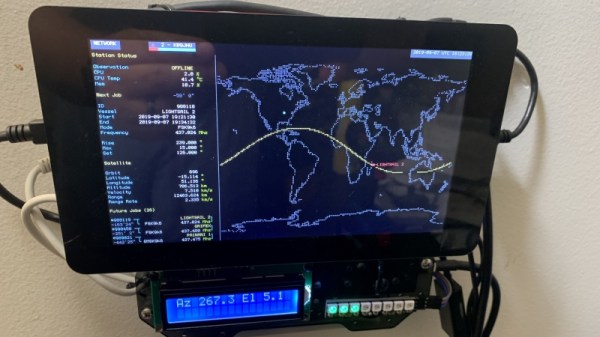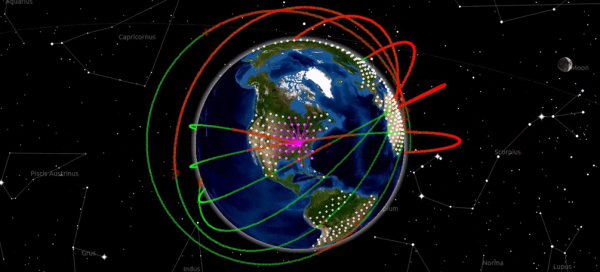Embedded engineer [Alberto Nunez] has put together a compact LoRa satellite telemetry ground station that fits in your hand and can be built for around $40 USD.
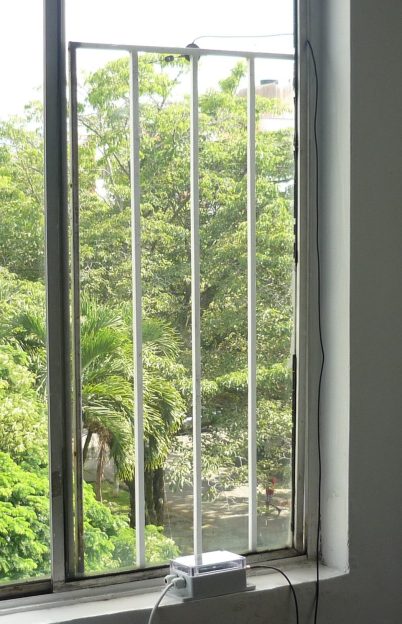 The station receives signals from any of several satellites which use LoRa for telemetry, like the FossaSat series of PocketQube satellites. Even with a sub-optimal setup consisting of a magnetic mount antenna stuck outside a window, [Alberto] is able to receive telemetry from satellites over 2,000 kilometers distant. He also built a smaller variant which is battery powered for portable use.
The station receives signals from any of several satellites which use LoRa for telemetry, like the FossaSat series of PocketQube satellites. Even with a sub-optimal setup consisting of a magnetic mount antenna stuck outside a window, [Alberto] is able to receive telemetry from satellites over 2,000 kilometers distant. He also built a smaller variant which is battery powered for portable use.
The construction of this ground station makes use of standard off-the-shelf items with a Heltec ESP32-based LoRa / WiFi module as the heart. This module is one of several supported by the TinyGS project, which provides receiver firmware and a worldwide telemetry network consisting of 1,002 stations as of this writing. The firmware has a lot of features, including OTA updates and auto-tuning of your receiver to catch each satellite as it passes overhead.
The TinyGS project started out as a weekend project back in 2019 to use an ESP32 to receive LoRa telemetry from the FossaSat-1 satellite, and has expanded to encompass all satellites, and other flying objects, using LoRa-based telemetry. It uses Telegram to distribute data, with a message being sent to the channel anytime any station in the network receives a telemetry packet from a satellite.
If you’re interested in getting your feet wet receiving satellite signals, this is an easy project to start with that won’t break the bank.


